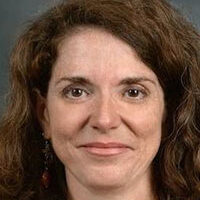On Oct. 15, 1965, a young Catholic Worker activist, David Miller, burned his draft card in protest of the U.S. war in Vietnam, becoming the first antiwar activist to challenge a law banning the act. Miller was later arrested by the FBI, found guilty at trial and sentenced to two years in prison. The student-run National Coordinating Committee to End the War in Vietnam organized demonstrations in 40 cities that day attracting some 100,000 demonstrators.
Four years later, Oct. 15, 1969, hundreds of thousands of people participated in National Moratorium demonstrations across the country in protest of the war. The National Moratorium protests were considered unprecedented in scope as it involved many people who had never spoken out against war before. Journalist Walter Cronkite called it “historic in its scope. Never before had so many demonstrated their hope for peace.”
The U.S. antiwar movement continued to grow – as did the antiwar movement worldwide – and finally, helped to force an end to the tragic U.S. aggression in 1975.
U.S. union members participated in the antiwar movement starting in the early 1960s, however the no union body took an official position against the war until February 1965 when Local 1199 did. AFL-CIO President George Meany was an aggressive supporter of the war and attacked anti antiwar union members as Communists or dupes. Yet, from a relative few voices in the 60s, a majority sentiment developed in the ranks of labor against the war. The history can be found in Philip Foner’s “U.S. Labor and the Vietnam War.”
Some 58,000 U.S. soldiers and some 2 million Vietnamese died. Survivors, both in the U.S. and Vietnam, still feel the war’s effects today, especially from the widespread use of Agent Orange. Vietnam and U.S. veterans continue to demand reparations for Agent Orange damage.
For more stories on Vietnam, the war and its after effects click here.
Photo: (Wikipedia)










